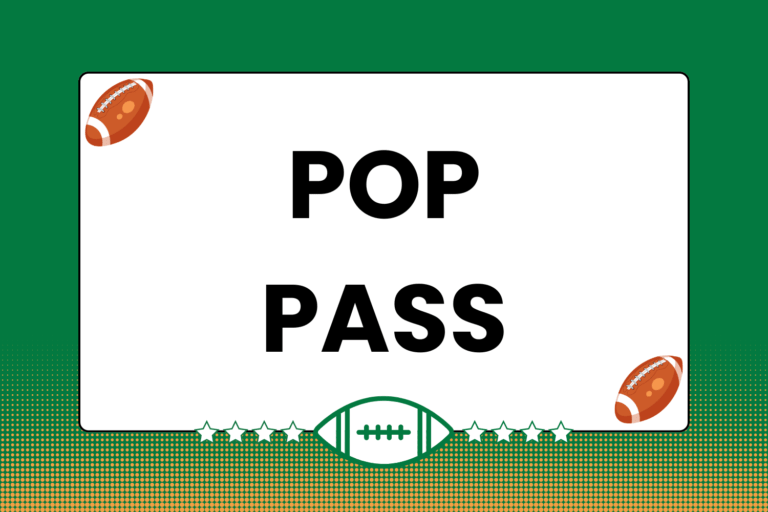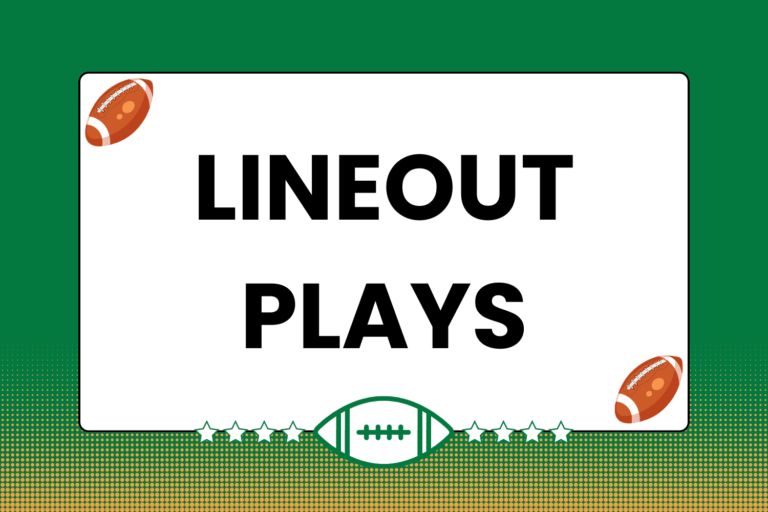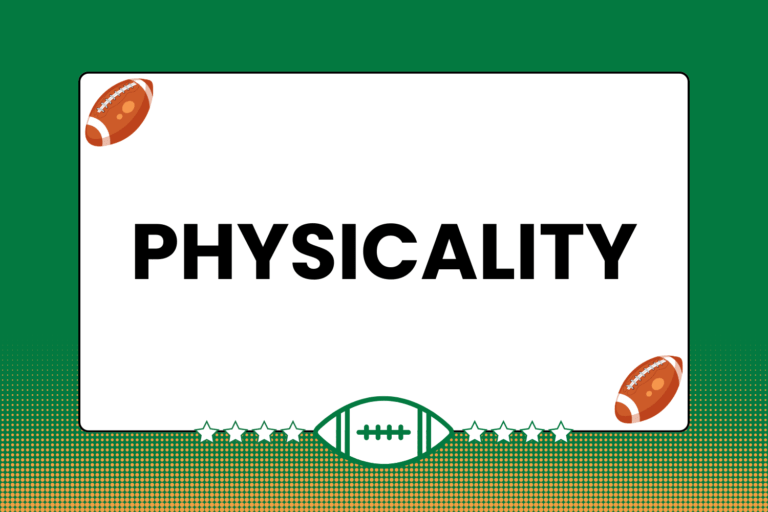Congratulations! You’ve just taken the first step toward broadening your athletic and cultural horizons, having decided to introduce yourself to a sport that enjoys a massive worldwide following. Welcome to the wonderful world of rugby!
Very reasonably, you’re probably not sure what to expect heading into your first experience with the game from the inside. It’s likely that you’ve got a vague idea of what it means to play rugby. And although it can’t be said with 100 percent certainty, it’s fair to guess that the misunderstandings you have will probably change after spending a few days at practice.
Before You Head to Practice
Here are a couple of things you can do that will go a long way toward helping you get an accurate idea of how rugby works, not to mention help to reduce the anxiety and uncertainty you may (understandably) be feeling:
- Utilize all of Sportmentary’s educational resources: You can scour the Internet, or you can stay right here on sportmentary.com to find all the rugby related information you need.
- Ask them: Unless you happened to walk alongside a field, saw a rugby team practicing and decided to join, it’s likely that someone told you about the team with which you’re going to practice. Ask about any advice or important information you should know before you head to practice. Remember, the only bad question is the one not asked; there are no stupid questions; knowledge is power, etc.
Hot Tip: While You Ponder
While rugby is known mostly for its level of physicality, it also requires ample amounts of endurance and stamina to play. While you’re still mulling over the decision to step onto the field, it would be a very good idea to start working out regularly. That way, if you decide to play, it’ll be much easier to participate in all the activities that are part of the normal practice routine.
The First Day
Alright, today’s the first practice. Hopefully you’re more excited than nervous, perhaps in part because you did a little investigating to understand the sport.
Many athletes know the struggle of enjoying the games of a particular sport, but dreading the practice and training sessions that come with those sports. Practice, however, is a necessary evil, both to be prepared for and allowed to play in games. Fortunately, for most people rugby is different.
Most ruggers seemingly enjoy each and every practice. This is not because practices are easy. It’s not because they don’t make you tired and sore at the end. No, it’s because structured practices lead to team and individual improvement as much as or more so than in any sport. Plus, rugby practice is just plain fun!
What to Bring/Wear on the First Day
- Shorts: If you don’t have actual rugby shorts, any sort of athletic shorts will do. Avoid wearing shorts with buttons, zippers, large pockets, etc. Those garments can injure other players, and are easy to tear.
- Shirt: If you don’t have a jersey yet, any t-shirt that can get dirty and/or be ripped will work. It’s handy to have at least two, one light and one dark, in case the team gets broken up to scrimmage. Having two shirts is also helpful in case one shirt rips, which is a common scenario.
- Cleats/boots and normal shoes/sandals: Driving in cleats can be tricky, and wearing them on hard surfaces like asphalt and pavement will wear down the spikes. Show up in athletic shoes or sandals and change into your cleats once you get on the field. Also, some teams do their conditioning exercises on a track (when available), so you may be expected to bring running shoes anyway.
- Water: Drinking water during practice is crucial for being able to survive an entire practice. Gallon jugs of purified/spring water usually cost between one and two dollars, and can be refilled as many times as needed.
- Mouthguard: Even if you don’t expect to be doing any physical contact drills, you should have and wear your mouthguard during every practice. You should form your mouthguard to fit your upper jaw beforehand (instructions should be on the packaging), but even an unformed mouthguard is better than nothing. Getting in the habit of wearing your mouthguard at all times is just a good idea, and it’s always better to be safe than sorry.
- Towel: This is the only item that can be considered optional, but is extremely handy to have if you get dirty and need to clean up a bit before heading home.
Pads Help, But How Much?
Many people unfamiliar with rugby compare it to American football, at least in terms of physicality. As a result, rugby is often stereotyped as the more dangerous of the two activities, as American football players wear pads that cover the majority of their bodies, and don helmets that could help them survive collisions with a brick wall.
However, many injuries suffered by American football players are the result of blocking, often with being blindsided or having one player getting pushed into another. There is no blocking in rugby. So any injuries associated with blocking simply don’t occur.
What to Expect During Practice
Now that you’re actually at practice, you’re probably wondering, “What’s going to happen? What do we do first? How bad am I going to stick out?” Here are some things to keep in mind during your first practice:
- Showing up is the hardest part: It’s one thing to say you will start something new, and another thing to actually do it. If you can muster the courage to actually get yourself to practice, that is the first, biggest, and hardest step.
- No one is going to try to kill me: The other people on the team may be complete strangers, but you’re there to play with them, not against them. Yes, rugby is physical. However, when people treat the sport with the caution and respect it deserves, that physical part actually goes a long way toward helping teammates bond.
- The best way to learn the game is to play it: This argument can be made about most sports, but it’s especially true in rugby. It’s really a simple game by nature, but because it’s different from many conventional sports, rugby comes across as a bizarre game that is difficult to understand. When actually played, most of the confusion clears up quickly.
- This is going to be awesome: Even if you don’t completely believe that statement (and you eventually will), psyching yourself up about learning how to play rugby will help you learn how to play the game much faster, and help you enjoy it much quicker.
Common Training Structures
Though every rugby team practices in a different way, there’s almost always some similarities in how various clubs structure their training sessions.
The Warm-up
At almost any rugby practice, the coach (or players running it) will get everyone’s attention from the beginning. Practice will officially start with a series of warm-up activities, none of which are very difficult or hard to understand: The old, ‘Run to the far goal post and back’ is easy enough to follow without knowing anything about rugby.
Common Warm-up Activities
Most of the exercises you’ll go through during the warm-up are exactly like those in a normal physical education class. They include things like…
- Jogging
- Calisthenics (sit-ups and pushups)
- Stretching
- Wind Sprints
…and don’t usually last too long. After all, the purposes of a warm-up are to get the blood pumping, loosen up the muscles and joints, and help each player be more productive during the next two phases of practice.
Drills

Common Types of Rugby Drills
Here’s a list of some of the different kinds of drills you can expect to see, and what they do:
- Running Drills: These drills will get you used to running in different directions, stopping and quickly changing directions, altering your speed, and increasing your overall running abilities.
- Passing/Ball-Handling Drills: These drills will show you how to carry the ball, the different kinds of passes, what passes work best in different situations, and improve your overall passing abilities.
- Passing and Running Drills: These drills focus on improving your ability to accurately pass the ball while running in different situations.
- Situational Drills: These drills show you the options you have in a particular situation during a match, and how to decide which option is the best.
- Simulation Drills: These drills will have you playing out a specific situation, or will walk you through the different scenarios that you’ll encounter during a match. They’re often used to show what happens before and after a situational drill, but at a faster pace.
Scrimmaging
Eventually the team will likely move into some kind of scrimmaging activity, where the aim is to apply all the skills covered in the drills. In other words, you’ll be seeing how the skills you learned get used during a match. You’ll actually be playing like you’re in a game, though no one will be going at completely full speed and the coach will frequently stop play to point something out or make an adjustment.
Again, because it’s your first day, no one will expect you to know exactly what’s going. This is the best time to ask questions, because everything you’ve done in practice so far will get used (or at least covered) during the scrimmage.
Remember… the best way to learn about rugby is to play it!
The End?
After scrimmaging is done, the coach will call everyone on the team together and go over a few things – from the skills that were covered, to pointing out good things he/she saw in practice, to reminders about practice times and locations for different days.
It’s common to end practices with a team chant. Similar to situations in other parts of practice, no one will expect you to know the words to the chant right away, so be sure to listen to the other players and try to pick up on it. At the end, ask someone what the words are to make sure you heard them right. The chant is important for team unity. It’s also done before and after every match. By showing the other players that you can quickly learn it, you’re showing them that you want to be a part of the team.
Now go home, shower, get something to eat, and count down the hours until the next practice!





